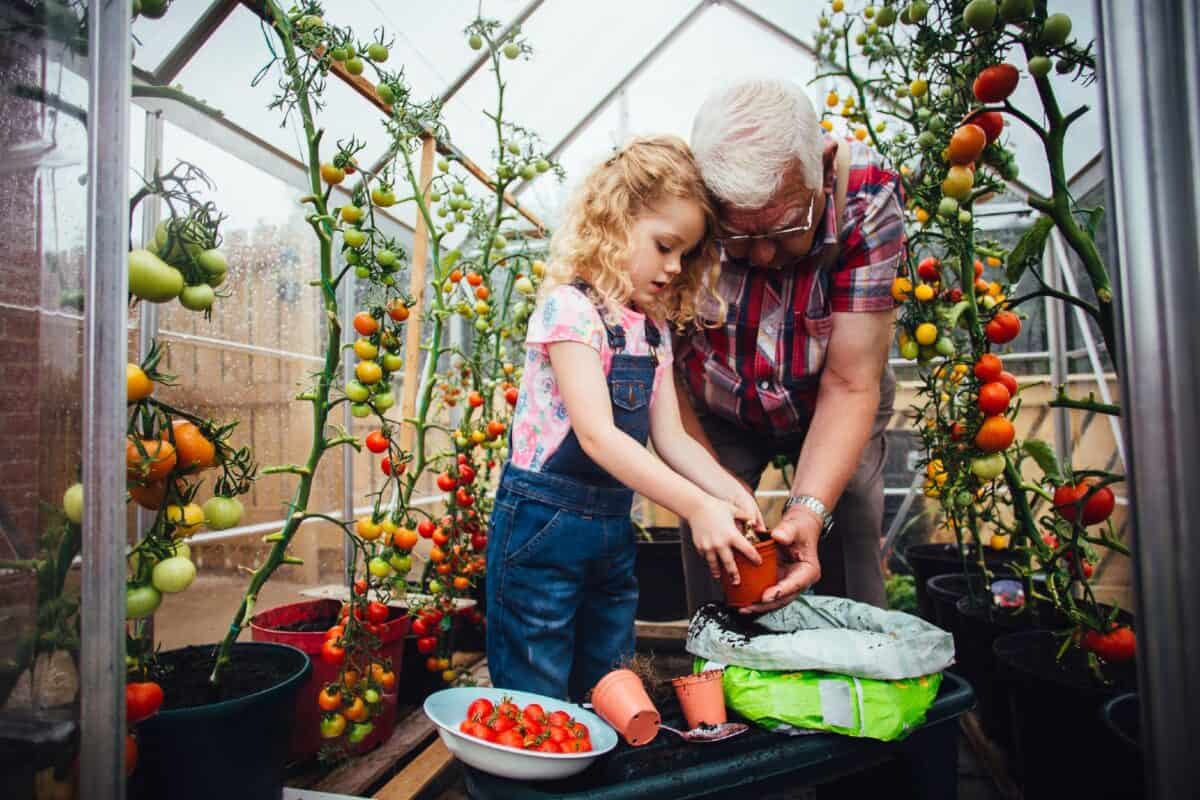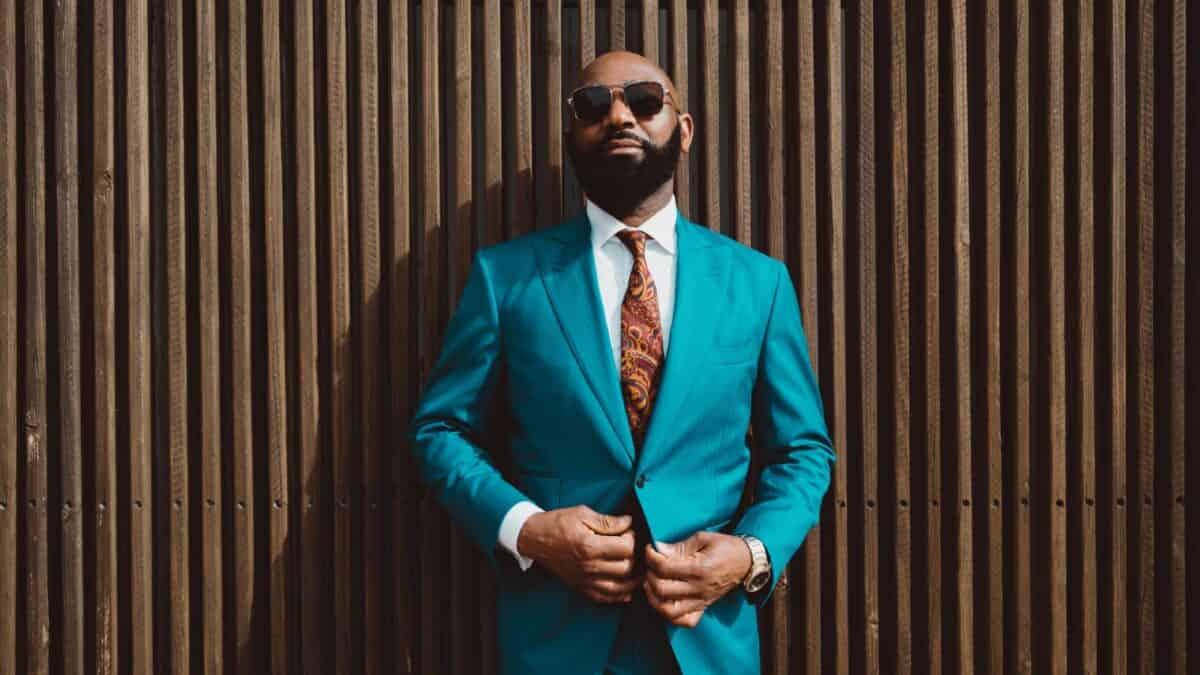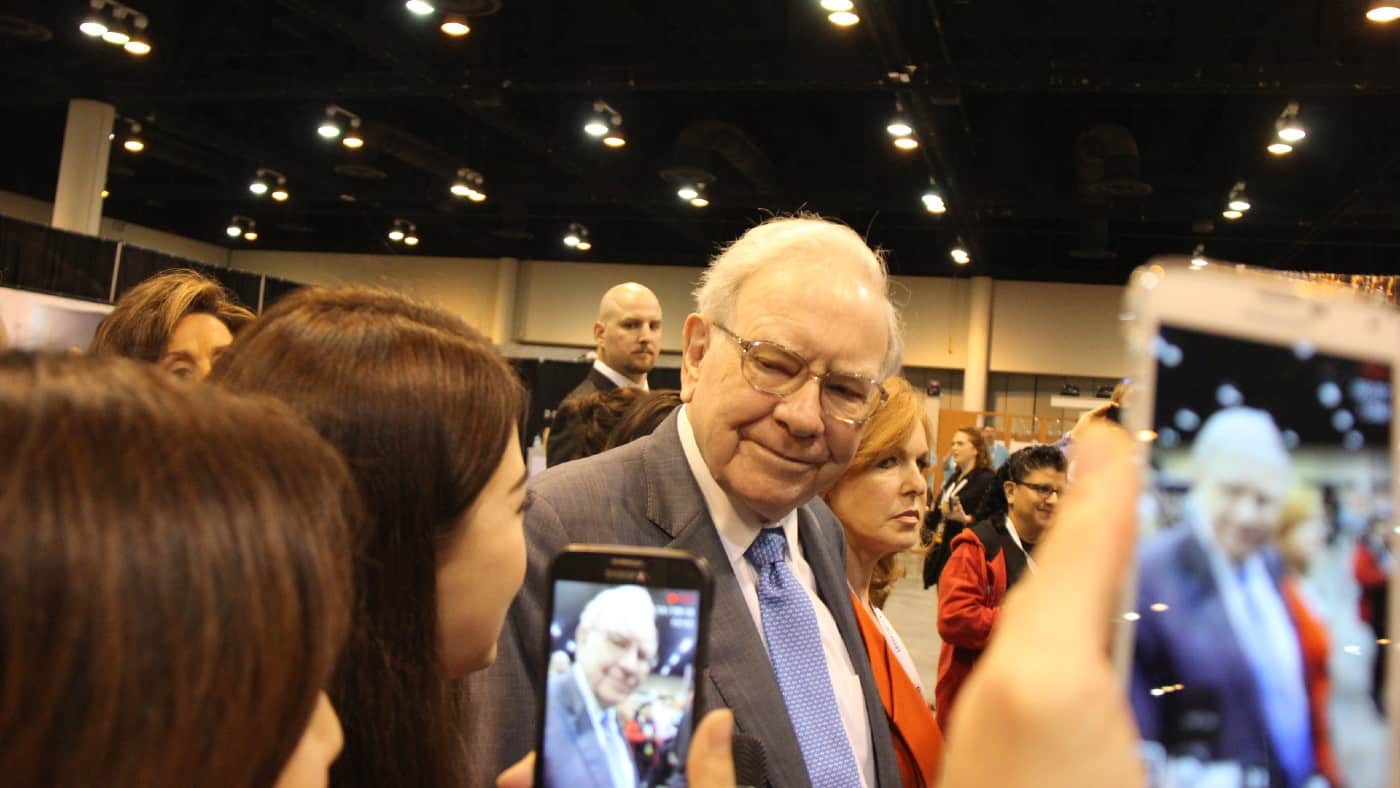Unlock the Editor’s Digest for free
Roula Khalaf, Editor of the FT, selects her favourite stories in this weekly newsletter.
Attentive investors with a good nose for business have sniffed out a trend. More and more people, it seems, are wearing fragrance.
Perfume, once a sleepy backwater of the beauty market, was the first category out of the gates following pandemic-era lockdowns. It has shown double-digit growth since 2021, and now has retail sales of $64.4bn globally, according to Barclays analysis. That is not far off 40 per cent above its 2019 level.
This appears to be a worldwide trend. Scent-doused Europe — which accounted for 28 per cent of the perfume market in 2023 according to Euromonitor — has managed double-digit sales growth every year since the pandemic. In the US, where perfume has less of a day-to-day tradition, penetration has doubled.
Better still, the more expensive end of the market has been outperforming cheaper perfumes. In the US, prestige fragrance grew by 12 per cent in 2023 compared to the mass market’s 4 per cent, on Circana data. At least for the moment, the fragrance market is achieving the holy trinity of increasing penetration, frequency of use and there is a clear trend towards premiumisation.
There is something in the air. But the components of this fragrance boom are hard to parse. The base is the growing trend towards self-care, which has lifted the beauty market more broadly. Younger consumers are eschewing the concept of a “signature” scent in favour of owning and wearing multiple difference fragrances. Penetration among the very youngest consumers — in other words Generation Z — has quadrupled in the US, albeit off a very low base, points out Iain Simpson, consumer analyst at Barclays.
For companies, this matters. Premium perfume’s “juices” and fancy glass bottles mean it has lower gross margins compared to, say, premium skincare. Just by way of example, Spain’s Puig — heavily focused on prestige perfume — has a 75 per cent margin, while Australia’s premium beauty brand Aesop, which was bought by L’Oréal, managed a staggering 87.1 per cent in 2022. But there is a lot more of the expensive stuff about. Some two-thirds of perfume sales are prestige, according to Molly Wylenzek from Jefferies, compared to about a third for beauty overall. That makes it a juicy market to be in.
As yet, there is no sign of a slowdown. Yet the premiumisation trend does have limits, as shown by recent cracks in the beauty segment. Price-conscious consumers may eventually wake up and smell the eau de toilette. Expensive glass containers and aspirational marketing campaigns do not, after all, contribute to the essence.
camilla.palladino@ft.com
Credit: Source link














